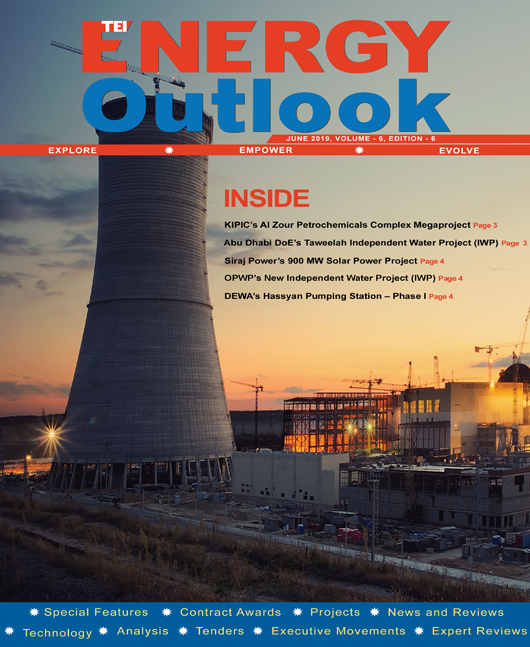
Nuclear Power in the Gulf
Nuclear energy has a key role to play in the energy mix, especially of Middle Eastern States, to diversify their sources of energy, free up more hydrocarbons to export and reduce their carbon footprint.
On the economic side, rising domestic energy consumption and population growth in addition to enhancing energy security needs to be addressed.
It is estimated that the world energy demand will grow by 45% from 2011 to 2035. As per IEA, nuclear power is forecast to be the world's fastest-growing energy source from 2010 to 2040, increasing by 2.5% each year. According to the World Nuclear Association, there were 153 nuclear reactors under construction around the world as of June 2018.
To match the growth in global electricity consumption, many countries have incorporated nuclear energy in their policy agendas. Currently, nuclear power provides about 11% of the world's electricity; it is expected to account for 16% of global grid in the next 20 years. USA accounts for nearly one-third of the world's nuclear electricity.
The capability of nuclear industry is almost 25% of the world’s energy needs. Several factors make the nuclear option attractive. It is especially suitable for providing large-scale base-load electricity. Apart from sustainability and cost-effectiveness, nuclear plants emit considerably less greenhouse gases compared with fossil fuel-fired capacity. Every 22 tonnes of uranium used, reduces one million tonne of carbon dioxide relative to coal. Using nuclear energy has cut down 56 billion tonnes of CO2 since 1971, which is equivalent to about two years of global emissions at current rates. Nuclear power is the second biggest source of low-carbon energy generation after hydropower, says IEA.
In the UAE, the development of $25 billion Barakah nuclear project is one of the biggest new nuclear build construction sites in the world. The project has four plants (5.6 GW when operational), which are expected to contribute 25% of the country’s electricity. The first plant was ready to fuel in May 2018 but may not be operational until 2021.
In Saudi Arabia, the shift to conservation, renewables, and nuclear energy are linked to growing energy demand, says Prince Turki al-Faisal. The generation of clean renewable energy forms part of Saudi Arabia’s Vision 2030, which calls for diversification of the economy. The country currently plans to build at least two large nuclear reactors. It had earlier projected 17 GW of nuclear capacity by 2040 to provide 15% of the kingdom’s power.
Nuclear power will be needed in the Arabian energy landscape but fiscal constraints, lack of adequate human resources and trained engineers to operate nuclear facilities are some of the major barriers to progress. Additionally, the region must develop nuclear safety culture and stable regulatory framework to build nuclear reactors.
Editor